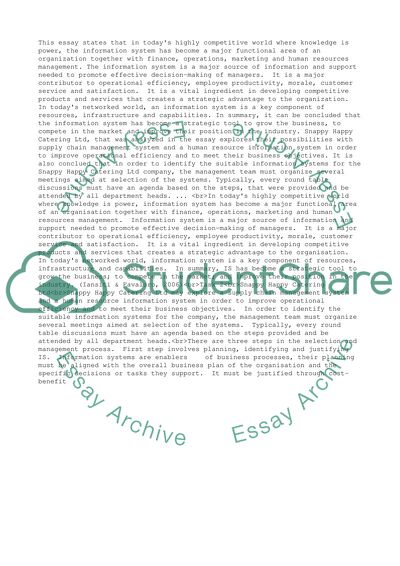Cite this document
(“Development of Business Information Systems in Snappy Happy Catering Essay”, n.d.)
Development of Business Information Systems in Snappy Happy Catering Essay. Retrieved from https://studentshare.org/management/1518277-development-of-business-information-systems-in-snappy-happy-catering-ltd
Development of Business Information Systems in Snappy Happy Catering Essay. Retrieved from https://studentshare.org/management/1518277-development-of-business-information-systems-in-snappy-happy-catering-ltd
(Development of Business Information Systems in Snappy Happy Catering Essay)
Development of Business Information Systems in Snappy Happy Catering Essay. https://studentshare.org/management/1518277-development-of-business-information-systems-in-snappy-happy-catering-ltd.
Development of Business Information Systems in Snappy Happy Catering Essay. https://studentshare.org/management/1518277-development-of-business-information-systems-in-snappy-happy-catering-ltd.
“Development of Business Information Systems in Snappy Happy Catering Essay”, n.d. https://studentshare.org/management/1518277-development-of-business-information-systems-in-snappy-happy-catering-ltd.


